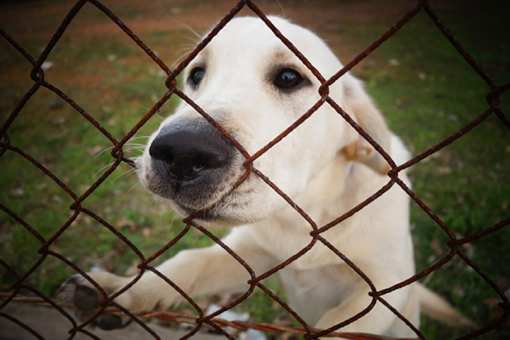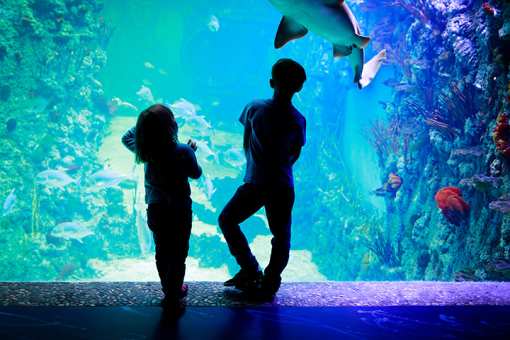Mission :
Interlochen Center for the Arts engages and inspires people worldwide through excellence in educational, artistic and cultural programs, enhancing the quality of life through the universal language of the arts.
Values:
inspiring, nurturing, transformative, enlightening, enduring
History:
In the mid-1920s, few schools had music programs. To help foster the interest in school music growing across the country, the Music Supervisors National Conference (known as the Music Educators National Conference (MENC) from 1934-2012, and now the National Association for Music Education (NAfME)) asked Interlochen founder Joseph E. Maddy to bring together more than 200 high school musicians from across the country to create a national high school honors orchestra. In 1926, '27, and '28 Maddy led student orchestras at conventions of the nation’s music educators and school administrators.
These experiences were so profound that Joseph Maddy and fellow music educator, TP (Thaddeus) Giddings, became determined to create more regular opportunities for talented musicians to rehearse and perform together. The National High School Orchestra Camp was incorporated on July 6, 1927 and began its first Camp summer in 1928.
Maddy looked across the country for a site and found two adjacent struggling summer camps in Michigan: Camp Penn Loch (for boys) and Camp Interlochen (for girls). On June 24, 1928, 115 students arrived by train, bus and car from across the country. Of the 24 faculty, only one had played in a leading orchestra - most were high school or university teachers. Thousands of area residents packed the bowl to witness a phenomenon that was entirely new to them - a high school orchestra playing like professionals.
Despite rapid growth in its early years, the Camp struggled financially. Large debts and the early years of the Great Depression nearly caused the Camp to fail. Enthusiastic support from musicians, private donors, instrument-makers and music publishers helped the young organization survive.
Through the 1930s the Camp raised its national profile through performances and broadcasts. Starting in 1930 the Sunday concerts of the orchestra were broadcast over the CBS and NBC radio networks across the country. In 1939, the Interlochen orchestra performed at the New York World’s Fair. By the end of the decade, Interlochen had established itself as the national leader in music education.
In 1962 Interlochen Arts Academy opened its doors as the nation’s first independent boarding school in the arts. In its first year, the school had 135 students and a staff and faculty of 34. It combined rich experiences in the arts with challenging and comprehensive college-preparatory academics. Over the years, the school and its students have compiled a record of success in arts and academics, with more Presidential Scholars than any other school in the nation, public or private. Academy alumni can be found in leadership positions in the arts and other professional fields.
In 1963, Interlochen launched WIAA, an FM public radio station that broadcast eight hours a day. In 1971, Interlochen joined forces with 37 radio stations across the country to create National Public Radio.
In 1964 the Interlochen Arts Festival was born and brought the Philadelphia Orchestra and Van Cliburn to campus. Van Cliburn had begun playing annual benefit concerts at Interlochen in 1961.
Founded in 2004, Interlochen College of Creative Arts brings adult learners to campus in all of our arts areas.






